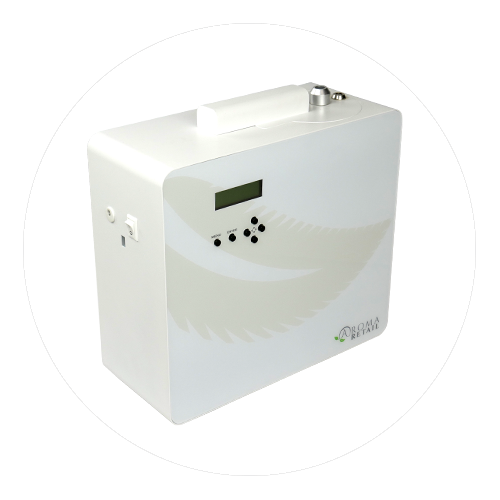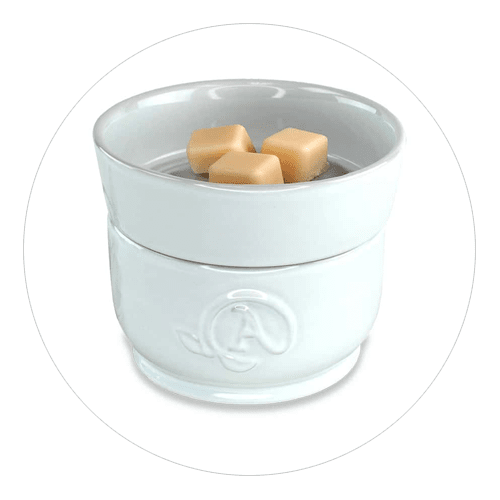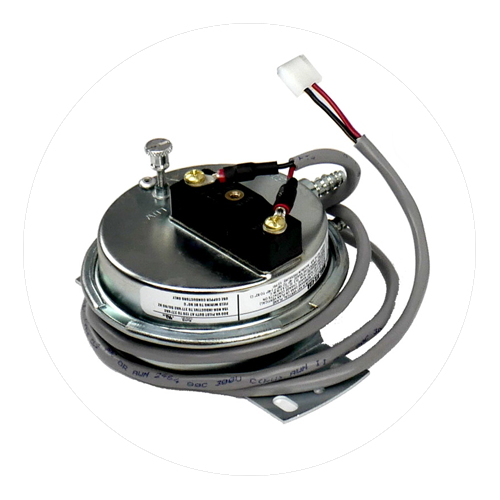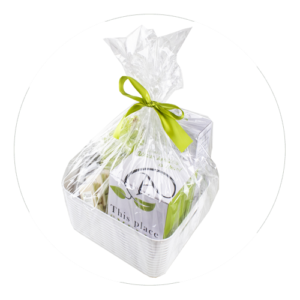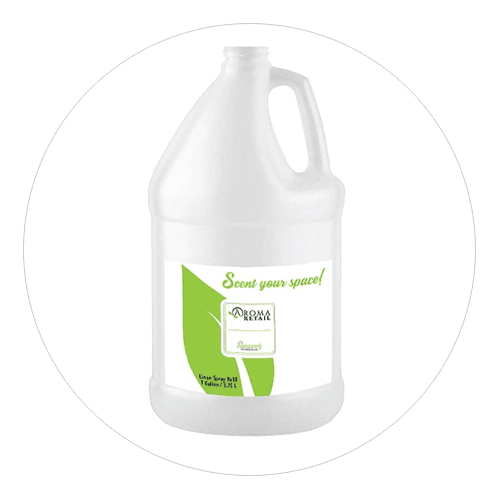Pastry Shop Scent smells of fresh baked pastries hot out of the oven with delightful notes of baked bread, butter, sugar, rising yeast, and vanilla.
Pastry Shop
The European tradition of pastry-making is often traced back to the shortcrust era of flaky doughs that were in use throughout the Mediterranean in ancient times. In the ancient Mediterranean, the Romans, Greeks and Phoenicians all had filo-style pastries in their culinary traditions. Pastry Shop by Aroma Retail will fill your home like an European shop filled with goodies and love.Pastry is a dough of flour, water and shortening (solid fats, including butter) that may be savoury or sweetened. Sweetened pastries are often described as bakers' confectionery. The word "pastries" suggests many kinds of baked products made from ingredients such as flour, sugar, milk, butter, shortening, baking powder, and eggs. Small tarts and other sweet baked products are called pastries. Common pastry dishes include pies, tarts, quiches, croissants, and pasties.The French word pâtisserie is also used in English (with or without the accent) for the same foods. Originally, the French word pastisserie referred to anything, such as a meat pie, made in dough (paste, later pâte) and not typically a luxurious or sweet product.[3] This meaning still persisted in the nineteenth century, though by then the term more often referred to the sweet and often ornate confections implied today. Pastry can also refer to the pastry dough, from which such baked products are made. Pastry dough is rolled out thinly and used as a base for baked products.
Pastry is differentiated from bread by having a higher fat content, which contributes to a flaky or crumbly texture. A good pastry is light and airy and fatty, but firm enough to support the weight of the filling. When making a short crust pastry, care must be taken to blend the fat and flour thoroughly before adding any liquid. This ensures that the flour granules are adequately coated with fat and less likely to develop gluten. On the other hand, overmixing results in long gluten strands that toughen the pastry. In other types of pastry such as Danish pastry and croissants, the characteristic flaky texture is achieved by repeatedly rolling out a dough similar to that for yeast bread, spreading it with butter, and folding it to produce many thin layers.








